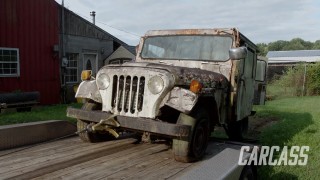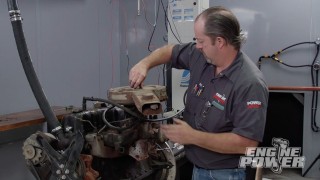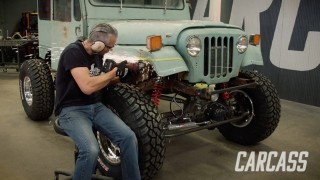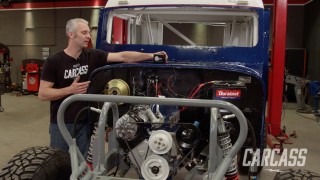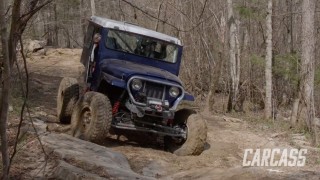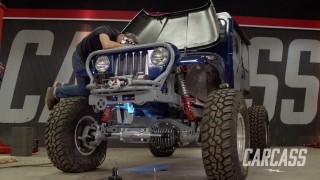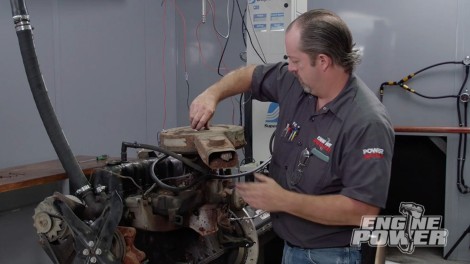
Will There Be A Big Power Difference On A Mildly Modded AMC 258 Straight 6?
What started as a simple “aerosol overhaul” for a Postal Jeep’s powerplant gets a little more complicated!
Season 8
Episode 1
Hosts: Pat Topolinski, Frankie Forman
First Air Date: January 5, 2021
Duration: 21 minutes 35 seconds










